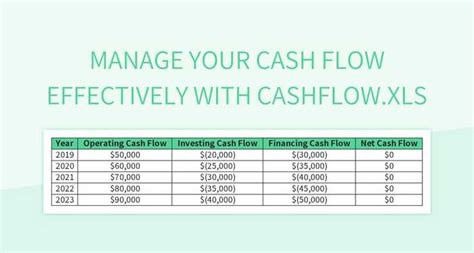Optimize Your Cash Flow: The Perfect ATM Refill Plan
Maintaining a healthy cash flow is crucial for any business, and for ATM owners, this means strategically managing ATM refills. An inefficient refill plan can lead to lost revenue due to "out of service" time and unhappy customers, while an overly frequent refill can tie up capital unnecessarily. This guide will help you craft the perfect ATM refill plan, maximizing your profits and minimizing downtime.
What Factors Influence ATM Refill Frequency?
Before diving into creating a plan, you need to understand the factors influencing how often your ATM needs refilling. These include:
-
Location, Location, Location: ATMs in high-traffic areas like shopping malls, busy streets, or tourist destinations will require far more frequent refills than those in less populated locations. Consider foot traffic, daily business hours, and events in the vicinity.
-
ATM Type: Different ATMs have different cash capacities. A larger capacity machine will naturally need refilling less frequently than a smaller one.
-
Transaction Volume: Analyze your ATM's transaction history. This data will tell you the average number of withdrawals per day, the average withdrawal amount, and the peak withdrawal times. This is invaluable information for optimizing your refill schedule.
-
Denomination Mix: The mix of denominations you offer significantly impacts how quickly your ATM depletes. A higher proportion of smaller bills will necessitate more frequent refills.
-
Withdrawal Limits: Your ATM's withdrawal limits directly influence refill frequency. Lower limits will necessitate more frequent refills.
-
Seasonality: Consider seasonal fluctuations in demand. Tourist seasons, holiday periods, and even local events can drastically impact transaction volumes.
How Often Should You Refill Your ATM?
There's no one-size-fits-all answer to this question. The ideal refill frequency is a balance between minimizing downtime and avoiding unnecessary cash holdings. However, aiming for a refill schedule that keeps your ATM at least 80% full during peak hours is a good starting point. This leaves a buffer for unexpected surges in demand while still optimizing cash utilization.
Creating Your Refill Schedule
-
Analyze Transaction Data: Begin by meticulously reviewing your ATM's transaction data for at least the past three months. Identify peak withdrawal times and days, average withdrawal amounts, and overall transaction volume.
-
Categorize Locations: Group your ATMs based on their location and predicted transaction volume. High-traffic ATMs will likely require daily refills, while lower-volume machines may only need refills two or three times a week.
-
Develop a Flexible Schedule: Create a baseline refill schedule based on your analysis, but build in flexibility. External factors, like unforeseen events, can impact transaction volume, necessitating adjustments to your plan.
-
Implement Monitoring Systems: Utilize ATM monitoring software to receive real-time alerts about cash levels. This allows for proactive intervention, preventing unexpected outages.
-
Regularly Review and Adjust: Your refill plan shouldn't be static. Regularly review your data and adjust your schedule as needed. Seasonal changes, marketing campaigns, and local events can all impact transaction volume.
What are the Costs Associated with ATM Refills?
The costs associated with ATM refills are multifaceted and should be factored into your overall profitability calculations. These include:
- Transportation Costs: The cost of transporting cash to and from your ATMs.
- Security Costs: The cost of employing security personnel to accompany cash shipments.
- Processing Fees: Fees charged by your cash provider for processing and handling cash.
- Opportunity Cost: The cost of capital tied up in cash held within your ATMs.
How Can I Minimize ATM Downtime?
Minimizing ATM downtime is paramount to maximizing revenue. Here are some strategies to achieve this:
- Predictive Maintenance: Implement a preventative maintenance schedule to minimize the risk of technical malfunctions that could cause downtime.
- Emergency Refills: Have a contingency plan in place for emergency refills in case of unexpected surges in demand.
- Reliable Suppliers: Partner with a reliable cash provider who can ensure timely and efficient refills.
What Happens if My ATM Runs Out of Cash?
Running out of cash is detrimental to your business. It leads to lost revenue, customer dissatisfaction, and potential reputational damage. It is critical to have a system in place to prevent this.
By carefully considering these factors and implementing a well-structured refill plan, you can significantly optimize your ATM's cash flow, maximize profits, and ensure consistent customer satisfaction. Remember, a proactive and adaptable approach is key to success in this area.

